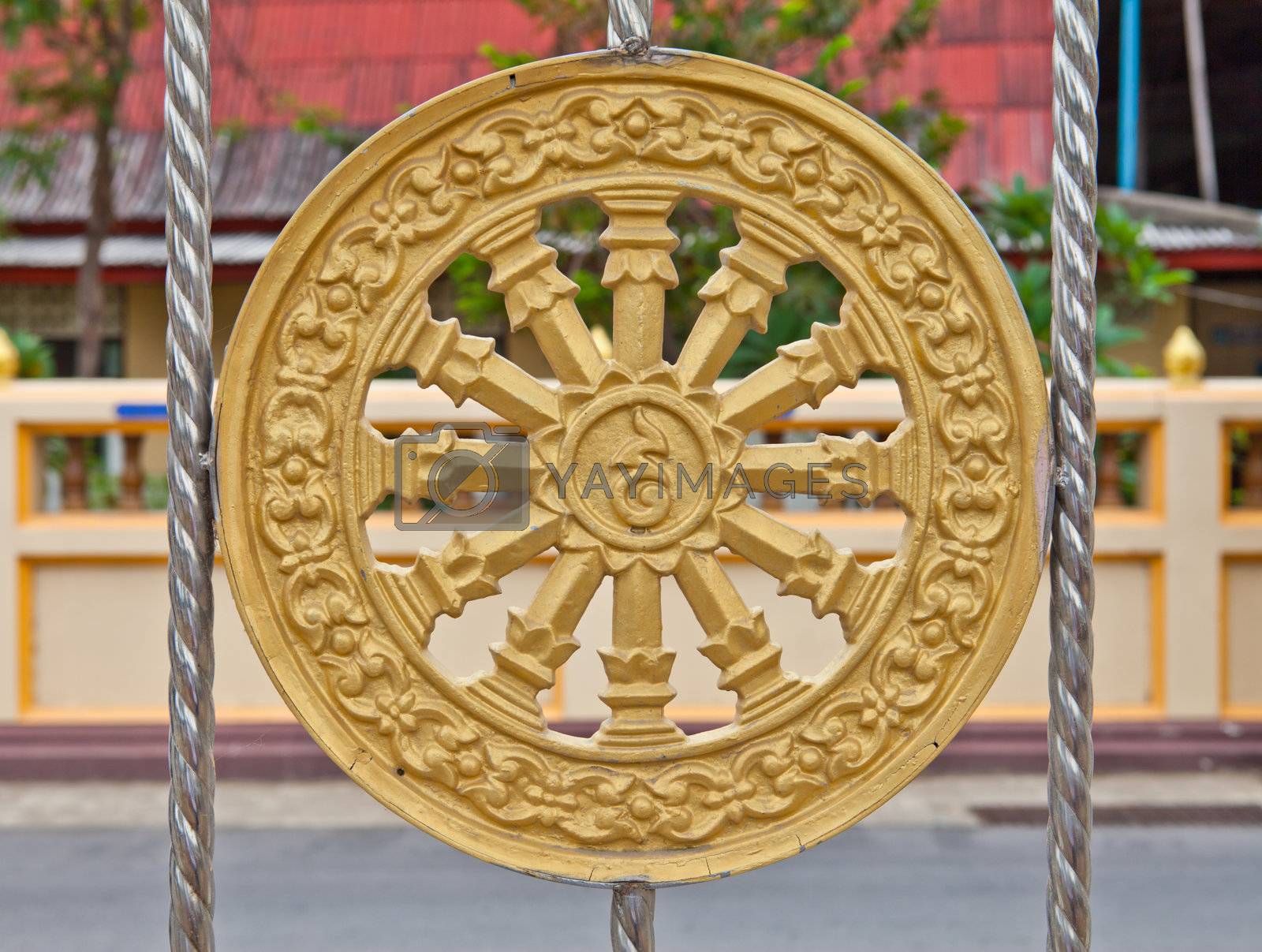
#Buddhism symbol wheel of life free#
Much as fish swim around freely in the vast ocean, this symbol reminds us that we can be free in this world.

They represent our ability to swim free in the ocean of suffering and delusion. The two fish, often mislabeled as koi, are generally arowana or another type of carp. It represents the safety and refuge offered by the Buddha, his teachings, and the community. In Buddhism, the symbol of the umbrella is one of protection from harm and evil. The umbrella or parasol is a symbol of protection in many cultures, and Buddhist tradition is the same. There are many different variations representing different teachings, but the wheel generally represents the dharma, or Buddha’s teachings. The wheel of dharma often has eight spokes to represent the Noble Eightfold Path. The dharma wheel, or dharmachakra, is a common symbol used to represent the Buddha’s teachings. Because of this, the lotus is often used as a symbol of transforming our suffering into liberation. Zen Monk Thich Nhat Hanh has a beautiful saying, “No mud, no lotus.” This reminds us that the lotus grows up out of the muck and into something beautiful. The lotus flower is a symbol representing the ability we have to live with wisdom and purity above the mucky waters below. You’ve likely seen this symbol quite a bit. There are various teachings and interpretations, but here are the general beliefs surrounding these eight items. Some scholars believe it comes from a belief that these are the eight items the brahmin offered to the Buddha after his death. The origin is not known exactly, but it is believed to come from Indian traditions pre-dating the Buddha’s life. The Eight Auspicious Symbols come from Mahāyāna traditions, especially in Tibet. Tibetan Buddhism and Vajrayana are known for strong use of symbols. There are symbols and art from when the Greeks came into contact with Buddhism, when Buddhism traveled to China and Japan, and from it’s evolution into different schools.

The symbols that did arise after his death were largely images representing his teachings.Īs Buddhism began to spread and split into different traditions, symbols became more common. Although the Buddha was well-respected among both monastics and laypeople who followed the dharma, he was not revered as a god or deity. However, the Buddha did use many images in his teachings as he did when talking about turning the wheel of dharma. The Buddha did not encourage worship or veneration from his followers, and images of the Buddha and his teachings are believed to be rare during his time. The earliest symbols were the stupa and the wheel of dharma. It is believed that it was during the reign of Emperor Ashoka, a powerful emperor largely responsible for the spread of Buddhism, that people began representing the Buddha’s teachings through symbolism and art. The earliest artifacts we have that show Buddhist symbolism come from a the centuries immediately following the Buddha’s death.

).push() History of Symbolism in Buddhism


 0 kommentar(er)
0 kommentar(er)
